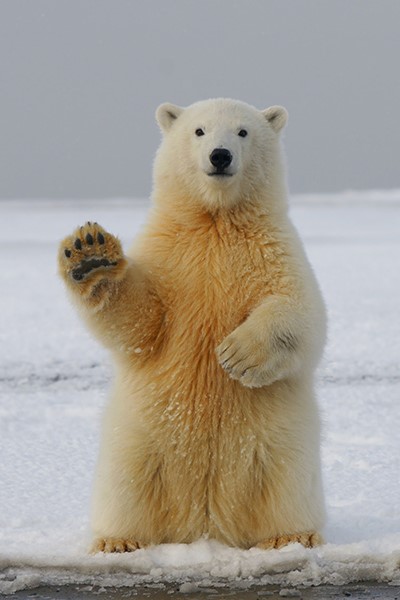Snug as a Bear in Winter

During the autumn months, bears prepare for hibernation. Canadian winters can be harsh, so the idea of sleeping through the coldest months of the year certainly has appeal. Here are some facts about bears and hibernation for those who daydream about spending winter in a warm cozy den.
Getting Fat is Getting Fit
Before hibernating, bears need to eat as much as possible to gain enough weight to sustain their bodies while they are dormant. This phase is called hyperphagia. Brown bears can consume up to 20,000 calories a day to increase their fat stores for winter.
For bears, every fall meal is an entire Thanksgiving dinner!
More Than a Long Nap
Brown and black bears typically hibernate for 4-7 months a year. The further north (and colder) the region, the longer bears hibernate. Contrary to popular belief, bears don’t spend the whole time sleeping. Hibernation means the bears don’t need to eat or drink, but they do move around within their dens. They will even go outside if their winter home is damaged by weather.
Because they don’t have blankets, bears need to change position to conserve body heat.
The Baby-Sitters Cub
While male bears can rest undisturbed, for female bears hibernation is no vacation. Cubs are born two months into hibernation. Newborn cubs cannot walk, and they cannot feed themselves until they are six months old. This means the cubs rely on mama bear for food, shelter, and safety until the family is ready to emerge from the den.
Snuggling with their mother ensures cubs gain the strength they need for spring.
Not Just for Bears
Bears aren’t the only animals that hibernate; groundhogs, queen bumblebees, snakes, box turtles, and frogs also enter a state of dormancy to survive the chilliest months.
Humans, unfortunately, must face the winter head-on.
Image credits:
Sleeping Grizzly photo by Daniele Levis Pelusi on Unsplash
















